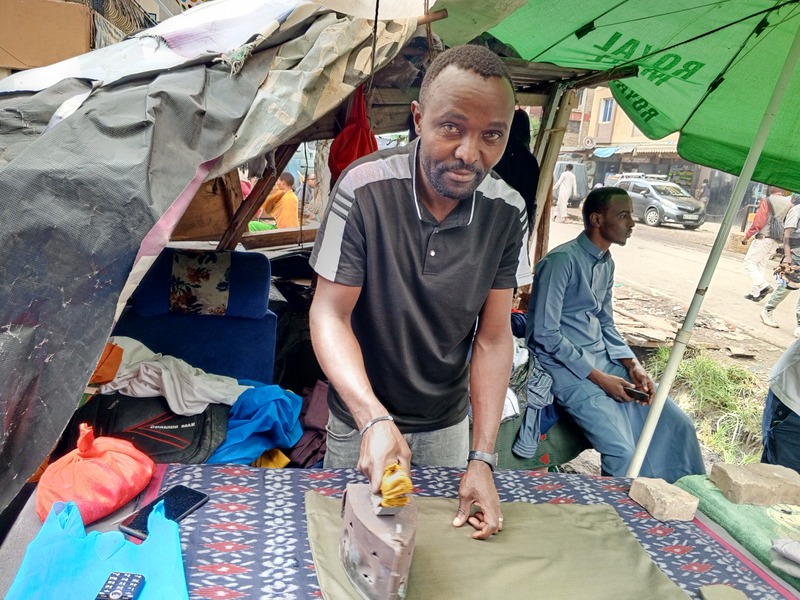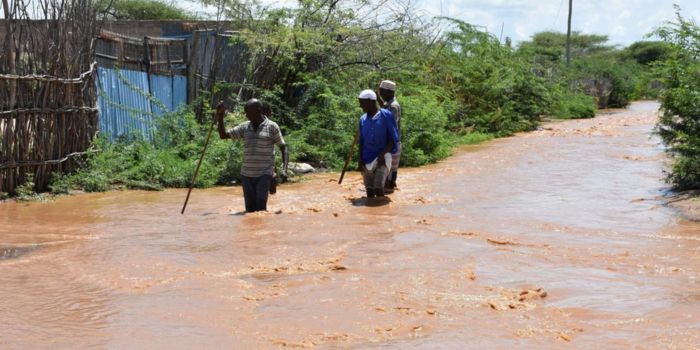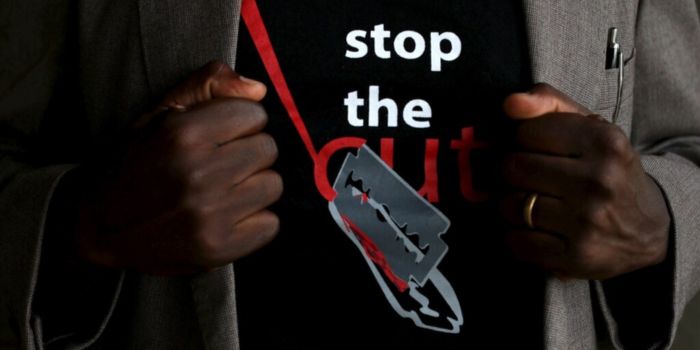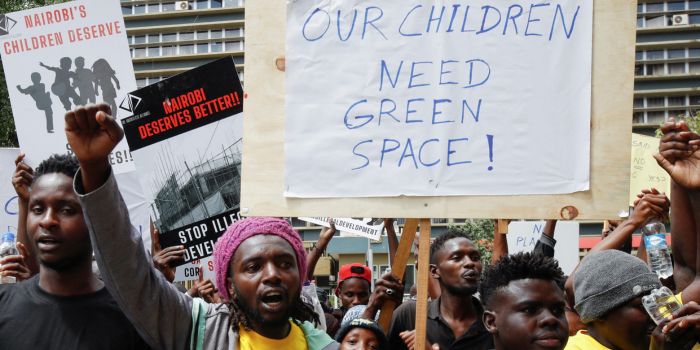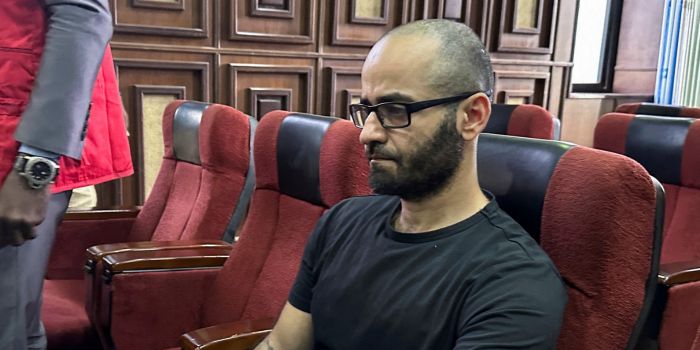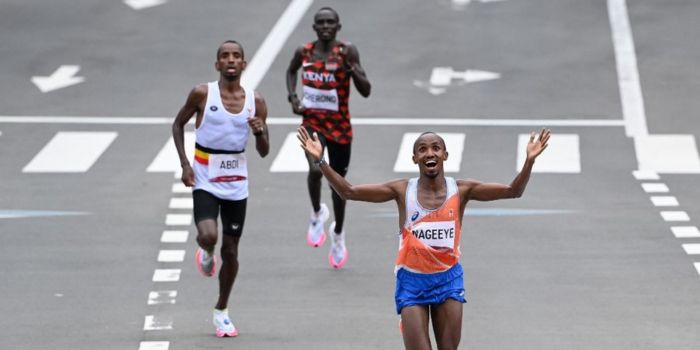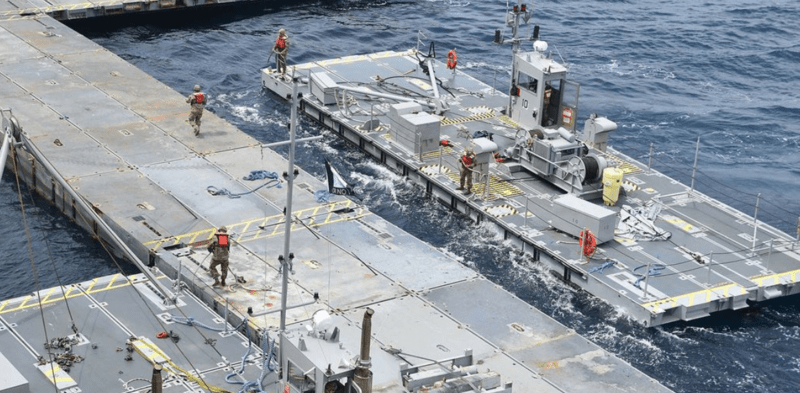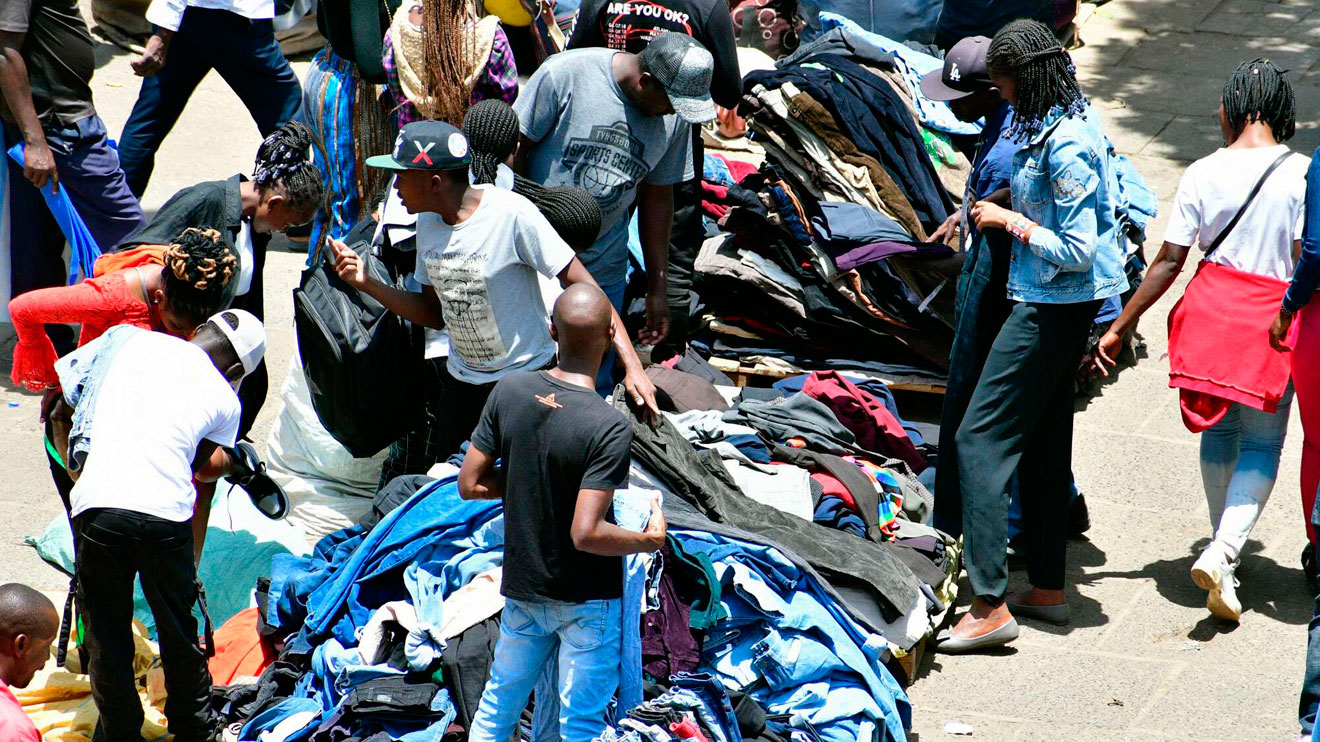State seeks Sh720b from private sector to connect SGR from Naivasha to Malaba
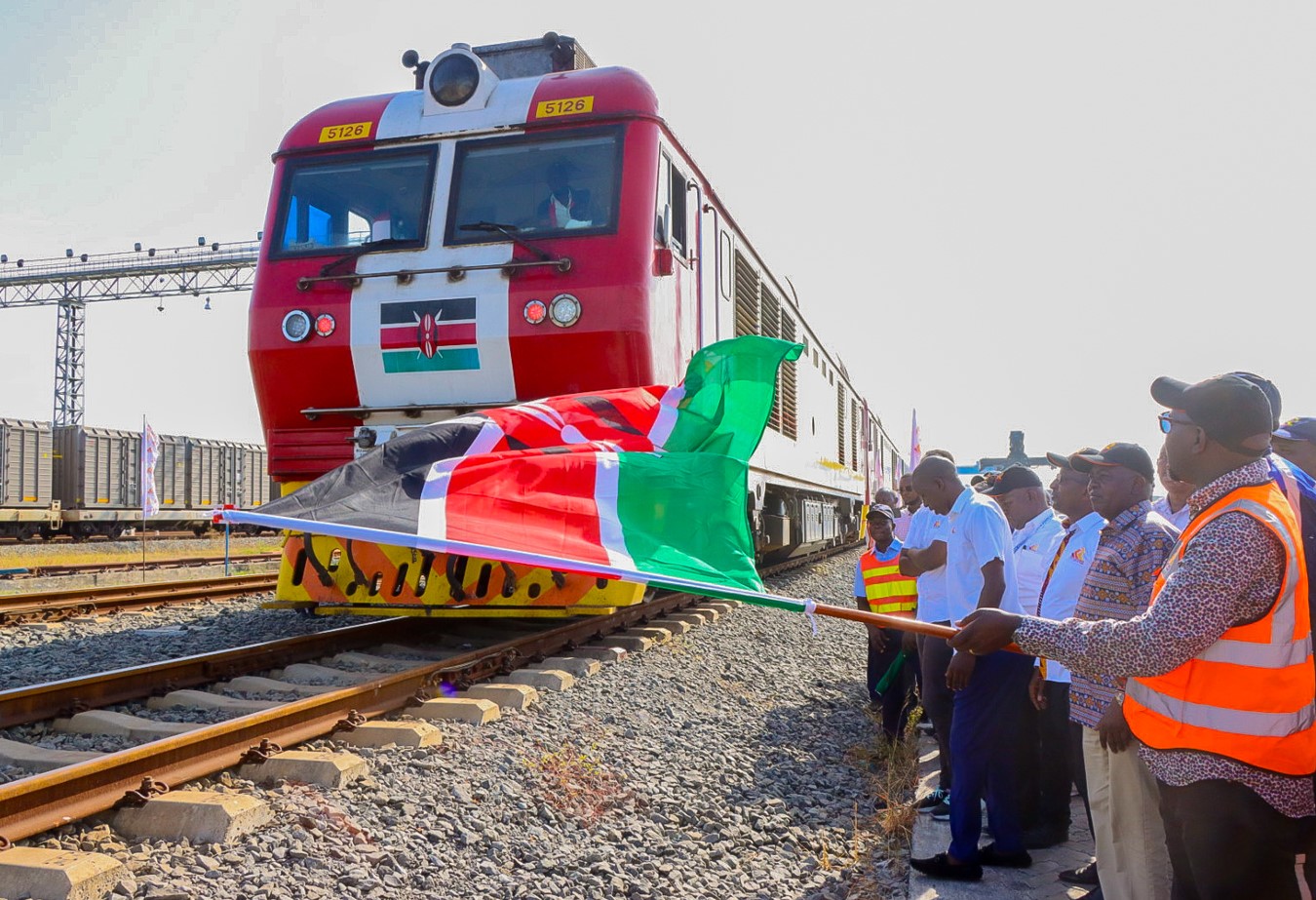
The extension of SGR is expected to boost economic growth and facilitate trade across the East African Community.
The state seeks to partner with the private sector to extend the Standard Gauge Railway (SGR) to facilitate seamless cross-border movement of goods across the East African Community.
This move is expected to create special economic zones along the corridor and transform cities where economic zones will be situated.
Related Stories
According to Roads and Transport Cabinet Secretary Kipchumba Murkomen, the remaining SGR sections from Naivasha in Kenya to Uganda, Rwanda, South Sudan, and the Democratic Republic of the Congo (DRC) will be completed. A roadmap has been developed to fast-track its implementation.
Speaking at a ministerial meeting in Mombasa, Murkomen emphasised the importance of connecting the East Coast and West Coast of Africa through the African Infrastructure Network.
"The ultimate objective of the African Infrastructure Network is to ensure that we connect the East Coast here in Mombasa and the West Coast through Duala in Cameroon.
" We desire to make sure seamless connectivity happens from our sister countries to the DRC," said Murkomen.
The project, estimated to cost around $5.3 billion (Sh700.3 billion), aims to leverage private sector partnerships to expedite its implementation. Murkomen highlighted the durability of SGR, particularly in relation to the region's climatic conditions.
Considering the phenomenon that is in our region, Rwanda, Tanzania, and all other places where we are facing climate change, when we are constructing infrastructure like SGR, we must also be cognizant of climate resilient infrastructure, meaning we must contribute to greenhouse emissions and put in mitigation measures. The infrastructure should be able to withstand floods and storms,” he added.
The extension of SGR is expected to boost economic growth and facilitate trade across the East African Community. The private sector's involvement in the project positions it to generate fresh prospects for economic growth and revolutionise the transportation landscape of the region.
On Friday, four East African Community (EAC) member states—Rwandan, Burundi, the Democratic Republic of the Congo (DRC), and South Sudan—joined Kenya and Uganda in the development of modern railways. The move aims to enhance the movement of goods along the Northern Corridor, despite funding challenges.
During a cluster meeting in Mombasa, the regional ministers in charge of infrastructure acknowledged the fundraising challenges that have plagued the construction of the SGR from Naivasha onwards for the past five years.
Rwanda's Minister of Infrastructure Jimmy Gasore, joined the meeting alongside the DRC Minister of Transport, Roger Te Biasu, to add the countries to the SGR cluster.
The ministers committed to engaging development partners to construct a modern railway, ensuring the SGR connection between Mombasa and Kinshasa. They affirmed the DRC's commitment to ratify the existing SGR Protocol and the SGR Tripartite Agreement.
Kenya and Uganda are making their second attempt to raise funds for the project, following the signing of a previous agreement in July last year.
The two countries aim to finalise joint resource mobilisation before December 2023 to fund the line from Naivasha to Malaba to Kampala and from Kampala to Kasese-Mpondwe, with a branch line from Bihanga to Mirama Hills.
Uganda Minister of Works and Transport Fred Byamukama stated that the country is in the final stages of negotiations with Turkish firm Yapi Merkezi, expected to sign the contract by the end of this month.
"It was a challenge to do the project piecemeal, we cannot have SGR from Malaba to Kampala if Naivasha-Malaba is not complete. That's why we are seeking funds to ensure each section is done simultaneously," Byamukama explained.
Ten years ago, President Uhuru Kenyatta envisioned the project, but his previous attempt to secure Sh486.2 billion ($3.68 billion) from China in 2019 proved unsuccessful. Instead, Kenya received Sh52.8 billion ($400 million) to upgrade its 120-year-old metre-gauge railway to Malaba on the border with Uganda.
Beijing's assessment at the time indicated that, without Uganda's participation, the SGR's viability wouldn't be feasible. The joint effort by the EAC member states marks a significant step towards developing modern railways and enhancing regional connectivity.
Top Topics This Week
ASAL
budget cuts
FY 2024/25 budget
KURA
Kenya Urban Roads Authority
small-scale traders
South B Ward
hawker
Nairobi Central Business District
CBD
Sudan
Sudanese Armed Forces
Rapid Support Forces
General Abdel Fattah al-Burhan
UN human rights office
General Mohamed Hamdan Dagalo
Julius Osoro
Eastleigh businessman Adan Ali Mohamed
Saudi Arabia
Musalia Mudavadi
Trending
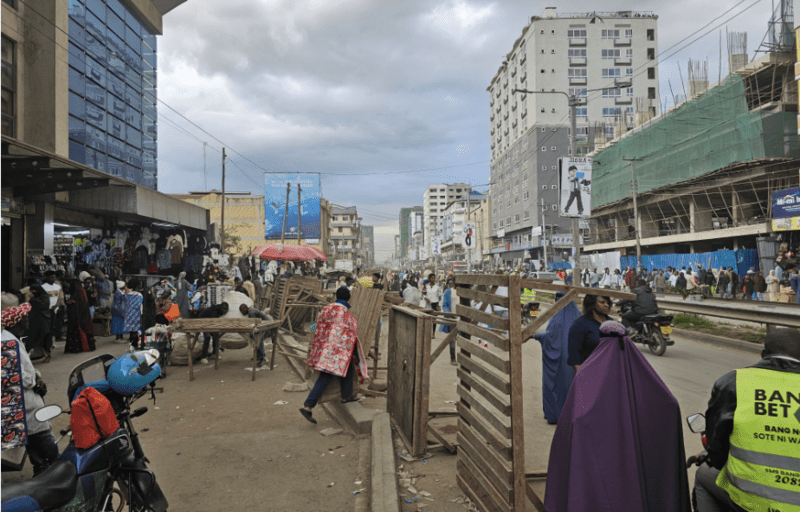
Eastleigh businesses back hawker evictions on Yusuf Haji Avenue following violations
Abdirahman Khalif
|
1 day ago
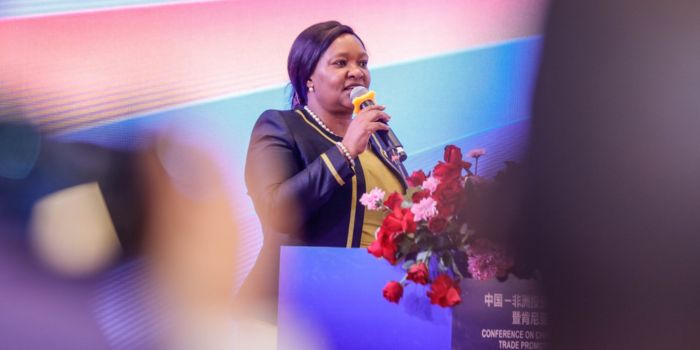
Garissa set to host Northern Frontier's first industrial park as state releases funding
Barack Oduor
|
4 days ago
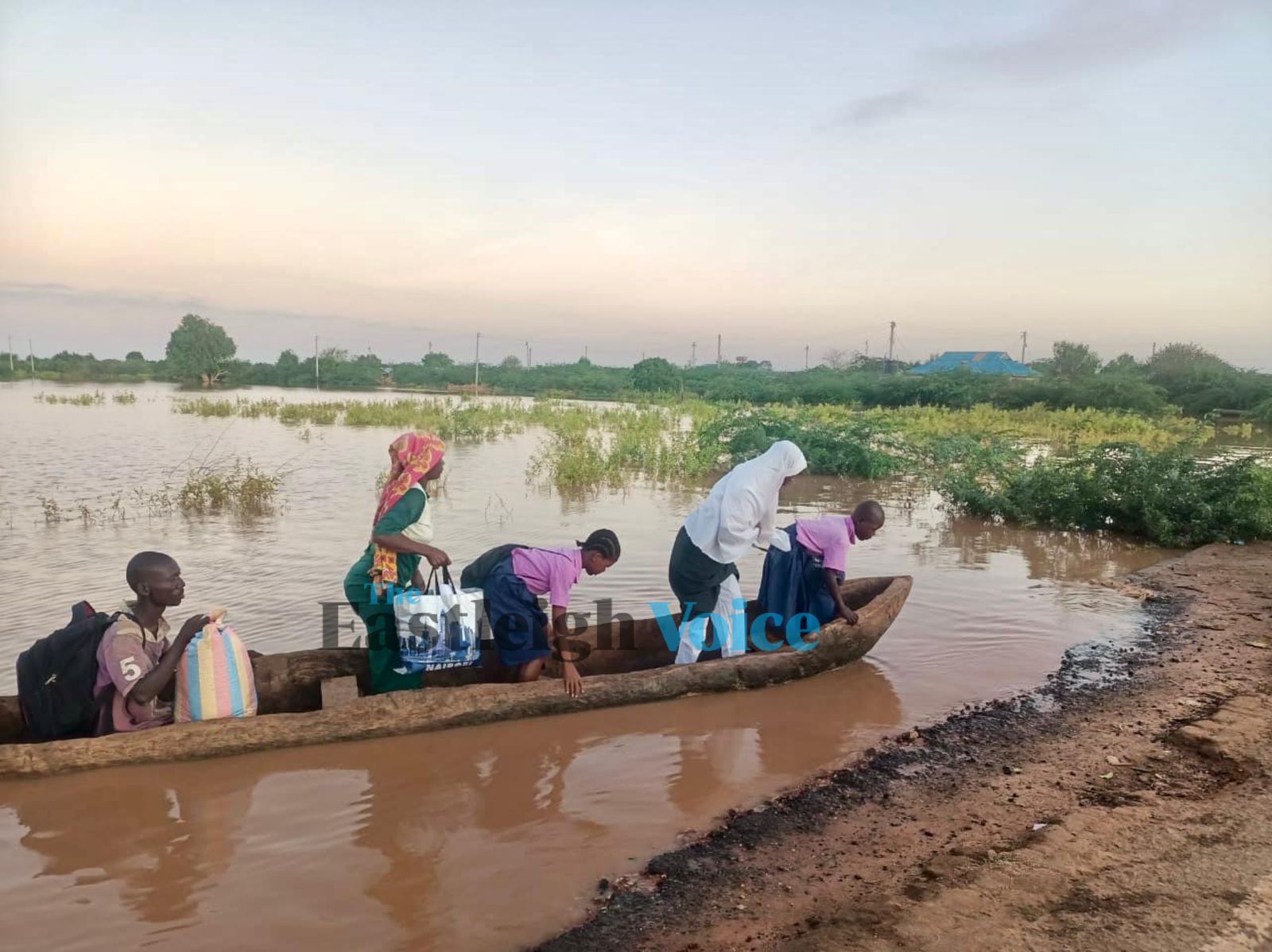
Learners report back to school across the country after floods delay
Eastleigh Voice Team
|
5 days ago
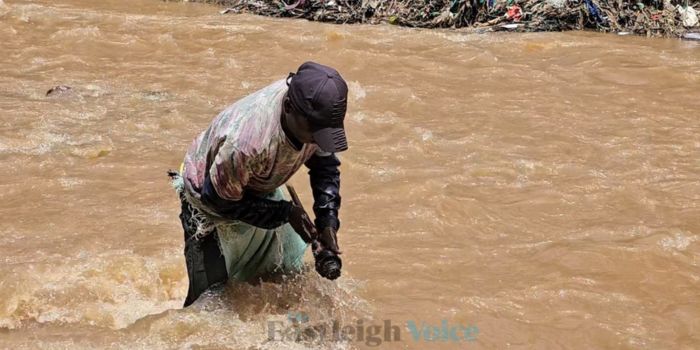
Floods bring blessing for youth harvesting metals from Nairobi River for resale
Abdirahman Khalif
|
1 week ago
EGYPT-UN-PALESTINIAN-ISRAEL-CONFLICT-BORDER-AID
Dennis Tarus
|
6 months ago
Latest Stories
Opinion
|
Mohammed Doyo
|
36 minutes ago
Opinion
|
Amina Boru
|
1 hour ago
National
|
The Conversation
|
4 hours ago
Athletics
|
Rama Mohammed
|
5 hours ago
Health
|
Charity Kilei
|
16 hours ago

